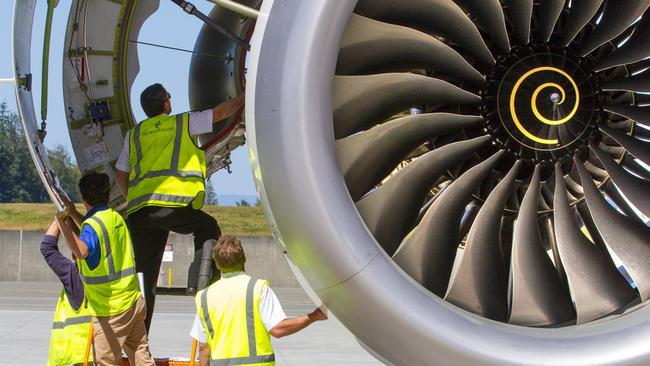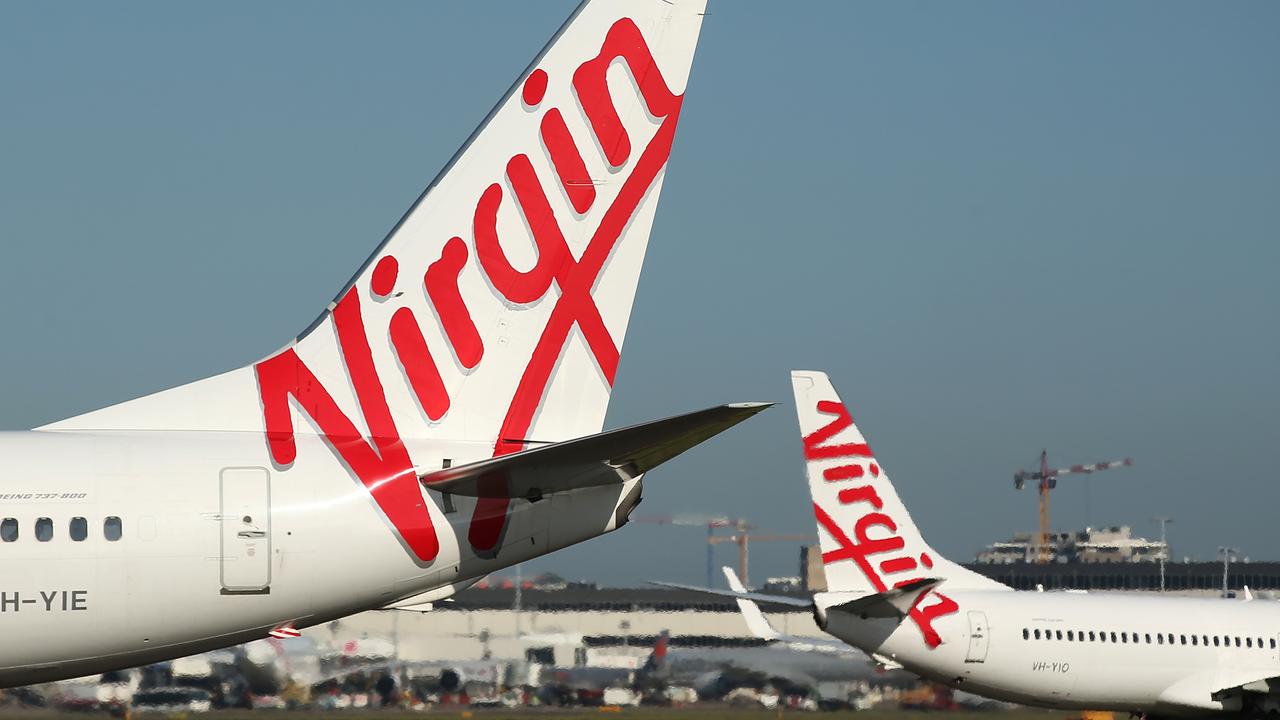Air New Zealand reviews fleet, network as Rolls Royce problems bite
Air New Zealand has put its entire fleet and network under review thanks in part to dramas with its Rolls-Royce engines.

Air New Zealand has slashed its earnings guidance for the 2019 financial year by 23 per cent, sending its share price and those of other airlines into freefall.
Slower than expected revenue growth and the impact of Rolls-Royce engine issues were blamed for the downward revision in pre-tax earnings to between $340 million and $400m, from $425m to $525m.
The original estimate had not included the cost of schedule changes enforced by durability faults within the Trent 1000 engines fitted to Boeing 787-9 aircraft.
Several operators of the aircraft, including Air NZ, have had to periodically ground their 13 787-9s while they undergo critical repairs, creating significant disruption.
Qantas’s 787-9s are fitted with GE engines but the Australian carrier’s share price still suffered on the back of Air NZ’s announcement, closing down 5 per cent at $5.59.
Virgin Australia’s share price also felt the fallout, closing down 2.7 per cent at 18 per cent, while Air NZ’s shares took the biggest hit, slumping 14 per cent to $2.70.
In a video address to Air NZ’s 12,600 staff on Wednesday, chief executive Christopher Luxon described the revised guidance as “very disappointing” and announced a high-level review of the airlines’ network, fleet and cost base.
“We are committed to taking decisive action to ensure we get back on a stronger footing for the remainder of the financial year and into 2020,” Mr Luxon said.
“We’ve already readjusted our schedule reducing planned capacity growth to around 4 per cent for the financial year, which is still well ahead of national economic growth.”
He said the slower than expected revenue growth was apparent from forward bookings which showed a weakness in the domestic leisure and inbound international tourism markets.
“On the cost side, we are also facing the challenge of a fuel bill that’s forecast to be $180m more than last year,” said Mr Luxon.
He expected to be able to share details of review team’s work at Air NZ’s half-year result announcement on February 28.
“Despite today’s news, I do want to be clear that our business is fundamentally strong and thriving,” said Mr Luxon.
“I’m committed to growing our airline.”
It is a setback for Air NZ, which recorded its second highest before-tax profit in the airline’s history last year, of $540m, and rewarded staff with $1800 bonuses.
The Kiwi carrier cut ties with Virgin Australia last year after selling much of its stake in the airline, instead teaming up with Qantas in a codeshare deal.
Operating figures provided by Air NZ showed trans-Tasman routes were among its best performing, with 7 per cent passenger growth in the financial year to date compared with the previous year, and an 8.3 per cent lift in revenue.
Mr Luxon said there were “exciting new destinations on the horizon for Air NZ as well as increased frequency into some existing markets”.
Late last year, the airline began taking delivery of new A321neos, with the first operating on Auckland-Brisbane routes.




